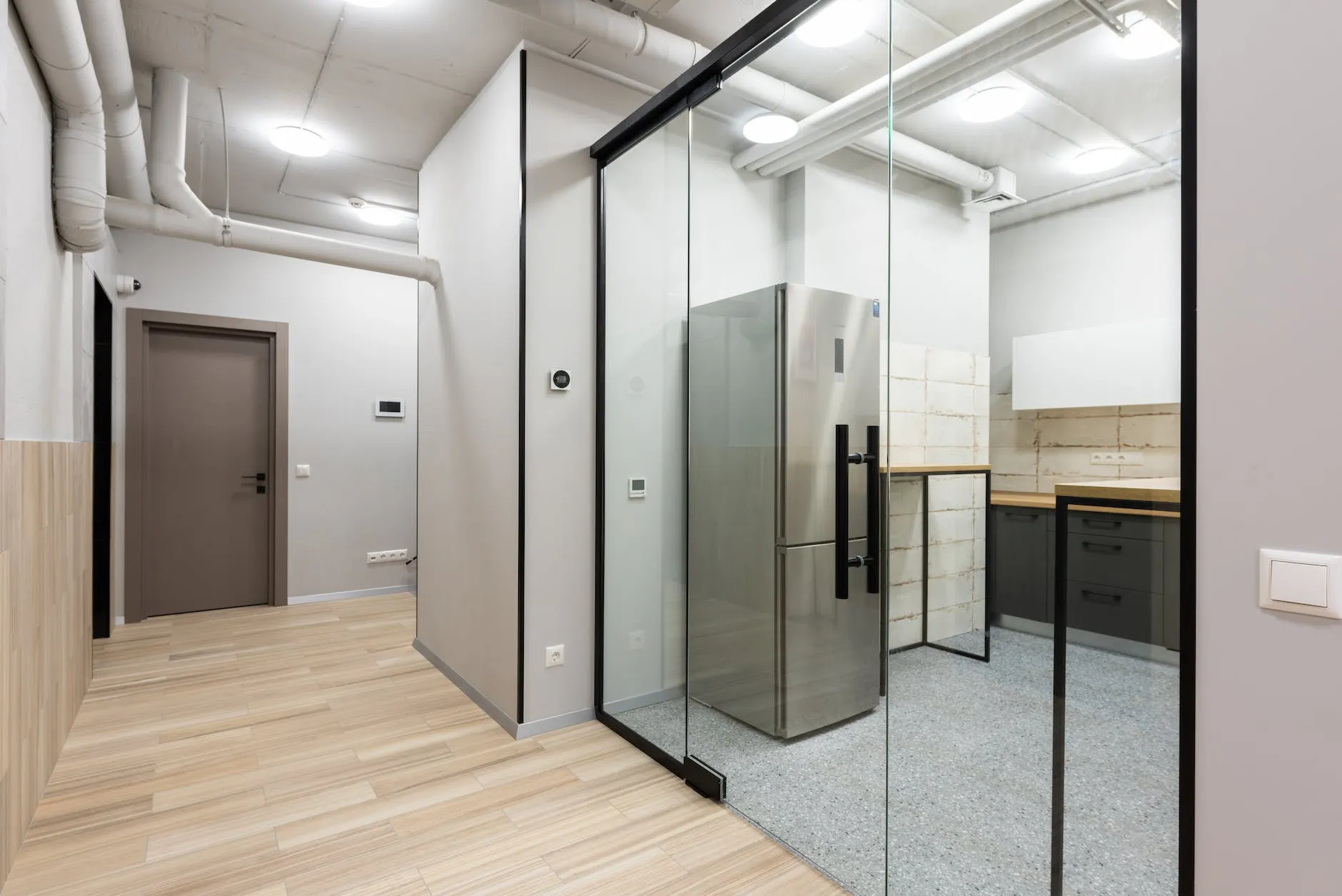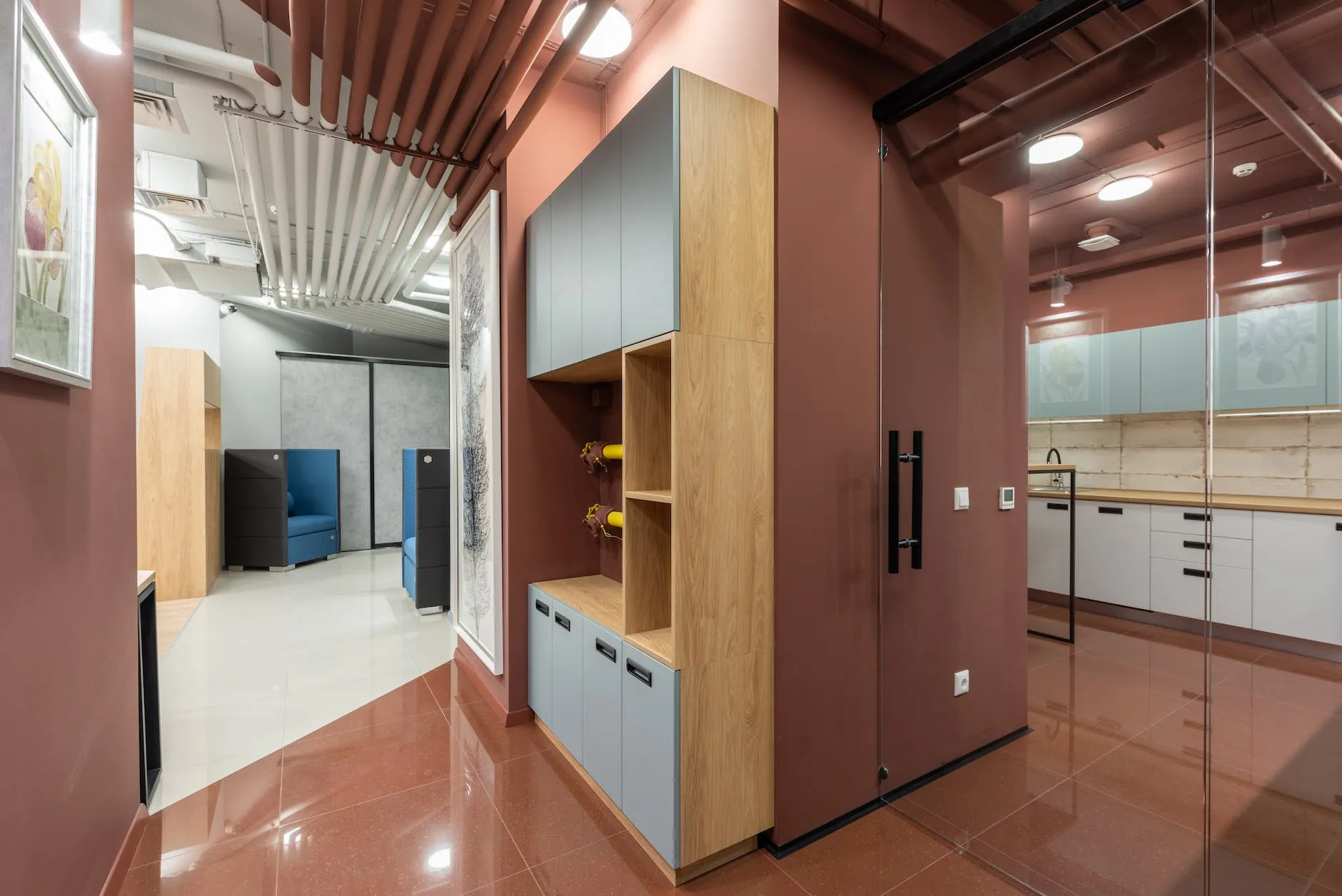Immediate Effects of a Head Injury from a Cabinet Door: Hit My Head On Cabinet Door

Bang! You just smacked your head on a cabinet door. It happens, la. More often than you might think, especially in those cramped Medan kitchens! The immediate aftermath can range from a mild “ouch” to a much more serious situation, so it’s important to know what to look for.
Hit my head on cabinet door – The initial sensation after a head knock against a cabinet door is usually a sharp pain, the intensity of which depends on the force of the impact and the specific area hit. You might feel a stinging, throbbing pain, or even a dizzying sensation. Sometimes, there’s a brief moment of disorientation or confusion, a bit like your brain’s short-circuiting for a second. But it’s the subsequent symptoms that really tell the story.
Severity of Head Injuries from Cabinet Door Impacts
The severity of a head injury from a cabinet door collision can vary widely. From a minor bump resulting in just a slight headache to a serious concussion requiring medical attention, the spectrum is broad. It’s crucial to understand the potential range of injuries to know when to seek professional help.
| Severity | Visual Description | Typical Pain Level | Potential Associated Symptoms |
|---|---|---|---|
| Minor Bump | Slight redness, possibly a small abrasion. No swelling or bruising. | Mild, localized ache; easily managed with over-the-counter pain relief. | None or minimal; brief dizziness possibly. |
| Moderate Impact | Visible swelling, localized bruising (a nice little black and blue!). Possible small laceration. | Moderate throbbing pain; pain relief might be necessary. | Headache, dizziness, nausea, slight confusion, temporary vision changes. |
| Severe Impact | Significant swelling, extensive bruising, possibly a large hematoma (a collection of blood under the skin – looks scary, la!). Potential for lacerations requiring stitches. | Severe throbbing pain; possibly intense pain even with medication. | Prolonged headache, persistent dizziness, vomiting, significant confusion, loss of consciousness, blurry vision, difficulty concentrating, memory problems. |
| Concussion (Possible) | Visual signs may be minimal or significant, depending on the severity of the concussion. | Variable pain levels; headache is common. | Loss of consciousness, confusion, amnesia (memory loss), dizziness, nausea, vomiting, balance problems, sensitivity to light and sound, changes in mood or behavior, sleep disturbances. |
Seeking Medical Attention and First Aid

Bang, your head hits the cabinet door. Ouch! Now what? Don’t panic, Medan style. Knowing what to do after a head bump is crucial, especially when it involves a hard surface like a cabinet door. We’ll break down how to assess the situation and get you the right help.
Assessing the Severity of a Head Injury from a Cabinet Door is key. The impact, even from something seemingly minor like a cabinet, can cause anything from a minor bruise to a serious concussion. A quick and careful assessment is your first step to recovery.
Severity Assessment
After a head injury, take a moment to calmly evaluate the situation. First, check for immediate, obvious signs of a serious problem. Look for things like: loss of consciousness, even briefly; severe bleeding; confusion or disorientation; persistent vomiting; seizures; unequal pupil size; severe headache that worsens; numbness or weakness in limbs; slurred speech; changes in vision; clear fluid leaking from the ears or nose (possible cerebrospinal fluid). If any of these are present, immediately seek medical attention. Call an ambulance or rush to the nearest hospital. Don’t mess around; these are serious signs.
When to Seek Immediate Medical Attention, Hit my head on cabinet door
Immediate medical attention is needed if the injury involves any of the symptoms mentioned above. Even if the symptoms seem minor initially, but worsen over time, seek immediate medical attention. For example, a mild headache that becomes increasingly severe, accompanied by vomiting, needs urgent medical evaluation. A fall resulting in a brief loss of consciousness followed by confusion also requires immediate medical attention, even if the person seems to recover quickly. Don’t gamble with your health; it’s better to be safe than sorry.
First Aid Treatment
If the injury seems minor – no loss of consciousness, no severe bleeding, no other concerning symptoms – you can provide some basic first aid at home. Remember, though, this is for minor injuries only.
- Rest: The most important thing is rest. Avoid any strenuous activity. Let your brain heal.
- Ice Pack: Apply a cold compress (ice pack wrapped in a thin cloth) to the injured area for 15-20 minutes at a time, several times a day. This helps reduce swelling.
- Pain Relief: Over-the-counter pain relievers like paracetamol (acetaminophen) can help manage pain and discomfort. Follow the dosage instructions carefully.
- Monitor for Changes: Keep a close eye on the person. Look for any worsening symptoms, such as increased headache, vomiting, or confusion. If any new or worsening symptoms develop, seek immediate medical attention.
- Avoid Alcohol and Caffeine: Alcohol and caffeine can interfere with healing and may worsen symptoms. Avoid these substances.
Remember, this is just basic first aid. It’s not a replacement for professional medical advice. If you have any doubts, always seek medical attention. Better safe than sorry, kan?
Preventing Future Incidents

Yo, Medan peeps! So you smacked your head on a cabinet door – ouch! Let’s make sure that doesn’t happen again. We’re talking serious home safety upgrades here, not just sticking a bandaid on the problem. This is about preventing future head trauma and keeping your family safe.
Improving home safety is all about being mindful of your surroundings and making proactive changes. Think of it like upgrading your game – you’re leveling up your home’s safety features! A few simple tweaks can make a massive difference in preventing accidents, especially for little ones and our beloved elders.
Home Safety Improvements
Let’s get practical. We need to identify potential hazards and fix them. For example, that cabinet door you bonked your head on? Maybe it swings out too far, or it’s in a high-traffic area. Consider relocating the cabinet to a less congested spot, or installing those super-smooth, soft-close hinges. Another simple fix? Adding corner bumpers to sharp edges on furniture. These are cheap and readily available at any hardware store. Think about installing safety latches on cabinets containing cleaning supplies or other potentially dangerous items, especially if you have kids. For the elderly, consider adding grab bars in bathrooms and hallways to prevent falls, which can also lead to head injuries. Good lighting throughout the house is also essential, particularly in hallways and stairwells. Regularly checking for loose floorboards or tripping hazards is another important aspect of preventing accidents.
Cabinet Safety Features
Soft-close hinges are your new best friend. They prevent cabinets from slamming shut, reducing the risk of head injuries. Imagine this: A kid runs through the kitchen, a cabinet door swings open, and BAM! With soft-close hinges, the door closes gently, avoiding any potential accidents. Corner bumpers, those little squishy things, are another game-changer. They cushion the impact if someone bumps into a sharp cabinet corner. They’re inexpensive and easy to install, offering significant protection against head injuries. Seriously, these are small investments with big payoffs.
Preventative Measures
We need to create a safer environment, especially for kids and the elderly who are more vulnerable to head injuries. This isn’t about being overly cautious, but rather proactive in identifying and mitigating potential risks.
- Regularly inspect your home for potential hazards, paying close attention to areas frequently used by children and the elderly.
- Install safety latches on cabinets containing cleaning supplies or other potentially dangerous items.
- Use non-slip mats in bathrooms and kitchens to prevent falls.
- Install grab bars in bathrooms and hallways to assist the elderly.
- Ensure adequate lighting throughout the house, particularly in hallways and stairwells.
- Keep walkways clear of clutter to prevent tripping hazards.
- Secure loose rugs or carpets to prevent slips and falls.
- Install corner bumpers on sharp furniture edges.
- Use soft-close hinges on cabinets and drawers.
- Educate children and the elderly about home safety hazards and how to avoid them.
